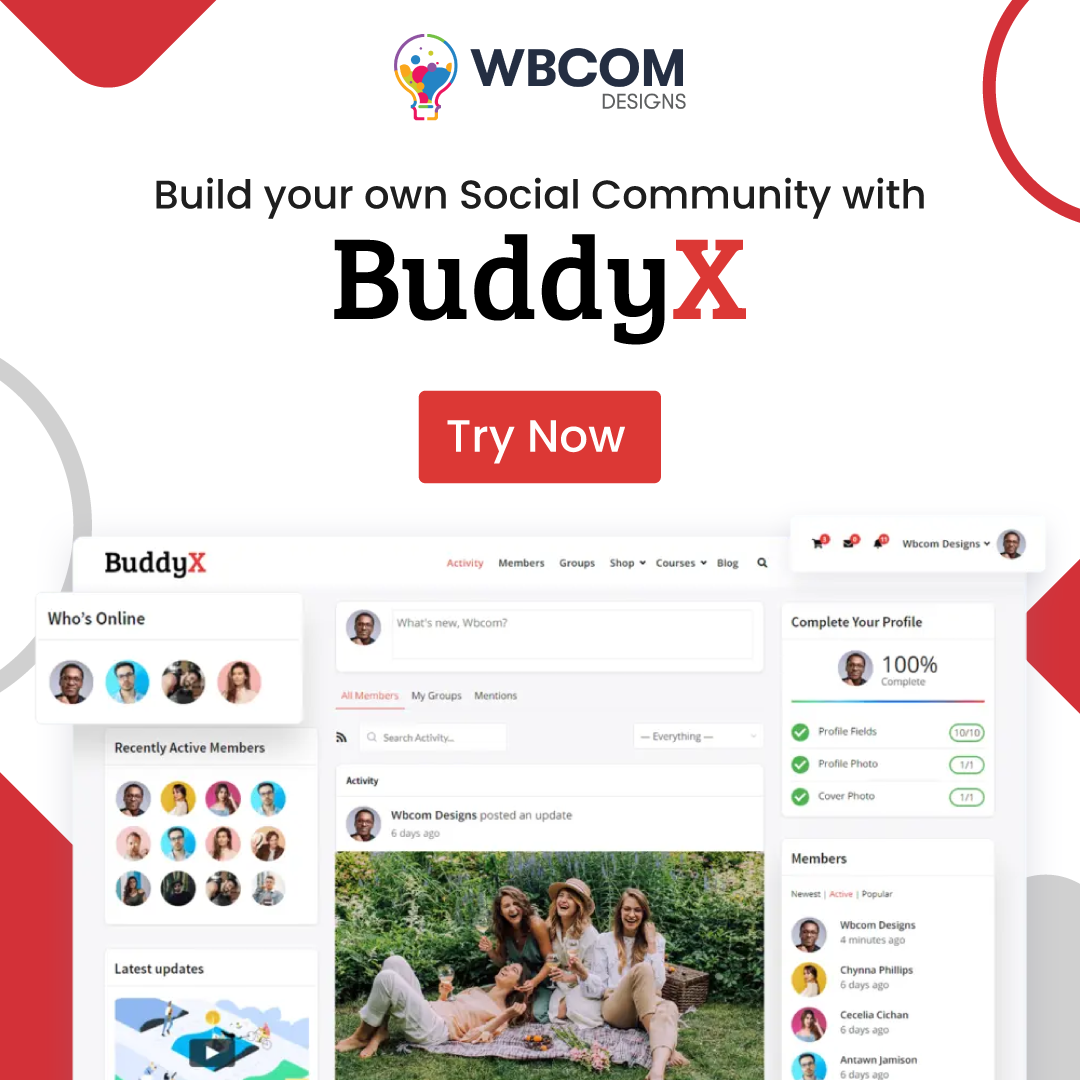Welcome to the world of language learning apps designed for both adults and kids! In today’s globalized and interconnected world, the ability to communicate in multiple languages is an invaluable skill that opens doors to new opportunities, cultures, and experiences. Whether you’re a curious adult looking to acquire a new language or a parent seeking engaging and effective ways to introduce language learning to your child, these apps offer a dynamic and accessible approach to mastering languages.
Language learning is not just about words and phrases; it’s about connecting with people, understanding diverse perspectives, and broadening your horizons. With the advent of technology and the development of innovative language-learning apps, the process of acquiring a new language has become more enjoyable, interactive, and convenient than ever before.
In this guide, we will explore the exciting world of language learning apps designed to cater to the unique needs and interests of both adults and kids. Whether you’re aiming to enhance your professional prospects, embark on international adventures, or simply foster a love for languages in your children, these apps offer a range of features and resources to help you achieve your language-learning goals.
Let’s dive into the rich ecosystem of language learning apps and discover how they can transform your language journey into a rewarding and enriching experience for adults and an engaging, educational adventure for kids. Whether you’re seeking fluency in a foreign language or encouraging your child’s linguistic development, these apps are here to make language learning an accessible, enjoyable, and successful endeavor.
Table of Contents
ToggleWhy Language Learning Apps?
Language learning apps have gained immense popularity for both adults and kids due to the multitude of advantages they offer. These advantages stem from their accessibility, flexibility, and ability to provide personalized learning experiences. Additionally, technology plays a pivotal role in making language learning more engaging and effective than ever before.
Accessibility:
Language learning apps break down the barriers to entry when it comes to acquiring a new language. Here’s why accessibility matters:
- Anywhere, Anytime Learning: With language learning apps, you can access lessons and practice materials wherever and whenever you want. Whether you’re on a bus, at home, or traveling abroad, you carry your language lessons in your pocket.
- Global Reach: These apps often offer courses in a wide variety of languages, from the most commonly spoken to the less commonly taught languages. This opens up the world to learners, allowing them to connect with people from different cultures.
- Affordability: Many language learning apps offer free versions or trial periods, making language learning affordable for people from all walks of life. Premium versions, while paid, are often more cost-effective than traditional language courses.
Also Read: Exploring The Best Image Search Engines for Visual Content
Flexibility:
Flexibility is a key advantage of language learning apps that suits the busy lifestyles of adults and the adaptable learning needs of kids:
- Self-Paced Learning: Apps let learners set their own pace. This flexibility is especially beneficial for adults with busy schedules or for children who may need to balance language learning with schoolwork and extracurricular activities.
- Customized Schedules: Learners can choose when and for how long they want to study, fitting language learning seamlessly into their daily routines.
- Varied Learning Modes: Language learning apps often offer a range of exercises, including listening, speaking, reading, and writing, catering to different learning styles and preferences.
Personalized Learning:
Personalization is a standout feature of language learning apps that tailors the learning experience to individual needs:
- Adaptive Learning: Apps use algorithms to track progress and adapt lesson difficulty accordingly. This ensures that learners are consistently challenged but not overwhelmed.
- Goal Setting: Users can set their own language learning goals, whether it’s acquiring basic conversational skills or achieving fluency. Apps help users track their progress toward these goals.
- Feedback and Improvement: Many apps provide instant feedback on pronunciation and grammar, helping users pinpoint areas for improvement and offering suggestions for better performance.
Role of Technology:
Technology revolutionizes language learning, enhancing its effectiveness and engagement:
- Interactive Content: Language learning apps often include interactive exercises, quizzes, and games that make the learning process fun and engaging for both adults and kids.
- Visual and Auditory Learning: Technology enables the integration of multimedia elements, such as videos and audio clips, to immerse learners in the language and culture.
- Real-Life Context: Apps often incorporate real-life scenarios and dialogues, helping learners apply their language skills in practical situations.
- Community and Support: Many apps have built-in communities or support systems, where learners can connect with native speakers or other learners for practice and guidance.
Also Read: Select 6 Powerful Reverse Image Search Tools To Trace an Image’s Origins
Top Language Learning Apps for Adults
Here’s an in-depth review of the top language-learning apps for adults:
1. Duolingo
Key Features:
- Duolingo offers courses in a wide range of languages, from popular ones like Spanish and French to less common ones like Swahili and High Valyrian.
- It’s completely free to use, with the option to upgrade to Duolingo Plus for an ad-free experience.
- Gamified learning experience with lessons broken down into bite-sized exercises.
- Duolingo’s “Streak” feature motivates users to practice daily.
Strengths:
- Duolingo is user-friendly and suitable for beginners.
- Its gamification makes learning fun and addictive.
- It’s available on various platforms, including mobile apps and web browsers.
Drawbacks:
- Some users find the gamified aspect too simplistic for advanced learning.
- Limited speaking and conversation practice.
- User Testimonial: Linda S. says, “I’ve been using Duolingo for six months, and it’s made learning Spanish so enjoyable. The daily practice keeps me motivated!”
2. Rosetta Stone
Key Features:
- Rosetta Stone offers immersive language learning experiences.
- It provides courses in 24 languages and employs a natural language acquisition approach.
- Live tutoring sessions are available for more interactive learning.
- Mobile apps for on-the-go learning.
Strengths:
- Rosetta Stone’s immersion method helps users think in the target language.
- Live tutoring offers valuable speaking practice.
- Suitable for all skill levels.
Drawbacks:
- Rosetta Stone can be pricey compared to other apps.
- It may not be as gamified as some other options.
- User Testimonial: John W. says, “Rosetta Stone’s approach is unique. I feel like I’m living in the language I’m learning. The live tutoring sessions are a game-changer.”
Also Read: The Top ERP Solutions for Streamlining Professional Services
3. Babbel
Key Features:
- Babbel offers courses in 14 languages with a focus on practical conversation skills.
- Lessons are designed by language experts and cover real-life topics.
- Speech recognition technology helps users improve pronunciation.
- Offline access for learning without an internet connection.
Strengths:
- Babbel’s focus on conversation skills is excellent for travelers or those wanting to use a new language in practical situations.
- Lessons are short and easy to fit into a busy schedule.
Drawbacks:
- The free version is limited, and Babbel is a subscription-based service.
- The language selection is smaller compared to some competitors.
- User Testimonial: Sarah M. says, “Babbel is my go-to for learning languages before traveling. The real-life scenarios are a huge help, and the app is easy to use.”
4. Memrise
Key Features:
- Memrise offers courses in a variety of languages, with a focus on vocabulary building.
- User-generated content means a wide range of language options.
- Memrise uses mnemonic techniques to aid memorization.
- Both free and premium plans available.
Strengths:
- Great for expanding vocabulary quickly.
- User-generated content provides diverse learning opportunities.
- Mnemonics make remembering words easier.
Drawbacks:
- Some users might miss the structured lesson plans offered by other apps.
- The free version has limitations.
- User Testimonial: David L. says, “I’ve used Memrise to learn words in multiple languages. The mnemonic techniques are brilliant, and the community courses are a goldmine.”
5. FluentU
Key Features:
- FluentU uses real-world videos (movie trailers, music videos, news, etc.) to teach languages.
- Interactive subtitles, quizzes, and flashcards accompany the videos.
- Courses available for Chinese, Spanish, French, German, Japanese, and more.
- Immersive, engaging learning experience.
Strengths:
- FluentU offers a unique, engaging approach to language learning.
- Real-world content exposes learners to authentic language use.
Drawbacks:
- Limited language selection compared to some other apps.
- Premium access is required for full content.
- User Testimonial: Emily K. says, “FluentU makes learning French fun. Watching videos with interactive subtitles and quizzes is a great way to improve comprehension skills.”
These language learning apps cater to various preferences and learning styles, so choosing the right one depends on your specific goals and interests. Try out a few to see which one aligns best with your language-learning journey.
Also Read: Creating Irresistible Ad Copies: A Google Ads Strategy
Language Learning Apps for Kids
Unique Considerations for Language Learning Apps for Children:
When selecting language learning apps for children, there are several unique considerations to keep in mind. Children have different learning needs, attention spans, and levels of cognitive development compared to adults. Here are some of the key factors to consider:
- Age-Appropriate Content: Language apps for children should offer content that matches the child’s age and language proficiency. Content should be engaging, colorful, and presented in a way that appeals to the child’s developmental stage.
- Interactive and Playful: Children learn best when they are engaged and having fun. Language learning apps for kids often incorporate interactive games, puzzles, and quizzes to make the learning process enjoyable.
- Visual and Auditory Stimulation: Young learners benefit from a combination of visual and auditory stimuli. Apps should include images, animations, and audio pronunciations to reinforce vocabulary and language concepts.
- Parental Controls: Many apps designed for children have parental control features that allow parents to monitor their child’s progress, set time limits, and ensure a safe online environment.
- Progress Tracking: Parents and teachers should have access to progress reports to monitor a child’s language learning journey and identify areas that may need additional focus.
- Age-Appropriate Challenges: The app should offer age-appropriate challenges that gradually increase in difficulty as the child progresses. This helps maintain motivation and prevents frustration.
- Safety and Privacy: It’s crucial to select apps that prioritize the safety and privacy of young users. Look for apps that comply with COPPA (Children’s Online Privacy Protection Act) guidelines.
Here are some of the best language-learning apps designed for kids:
1. ABCmouse
ABCmouse is an early learning app that includes a comprehensive language curriculum. It offers a wide range of interactive activities, books, and games designed to build language skills in a playful and engaging manner.
2. Muzzy BBC
Muzzy BBC provides immersive language learning experiences through animated stories and activities. It uses a fun, story-based approach to introduce children to foreign languages.
3. Rosetta Stone Kids
Rosetta Stone Kids offers language lessons designed specifically for young learners. It focuses on vocabulary building, pronunciation, and basic conversation skills.
4. Drops
Drops is known for its visually appealing and gamified approach to language learning. It offers bite-sized lessons with vivid illustrations and quick, engaging exercises.
5. Pili Pop
Pili Pop is designed for children aged 5-10 and offers language learning through interactive games, stories, and exercises. It covers vocabulary, pronunciation, and basic grammar.
These apps incorporate features like colorful visuals, interactive games, and engaging stories to cater to the unique learning needs and preferences of children. They create an immersive and enjoyable language learning experience that keeps young learners motivated and excited about acquiring new language skills.
Also Read: 10 Best AI Affiliate Programs to Promote and Make Money
Tips for Effective Language Learning
Here are descriptions and practical tips for effective language learning, focusing on how to maximize the language learning experience with apps:
1. Consistency and Daily Practice:
Consistency is key when it comes to language learning. Regular, daily practice helps reinforce what you’ve learned and keeps your skills sharp.
- Practical Tips:
- Set aside a specific time each day for language practice, even if it’s just 15-30 minutes.
- Use language learning apps that offer daily challenges or reminders to practice.
- Make language practice a daily habit, like brushing your teeth.
2. Setting Achievable Goals:
Setting clear, achievable goals provides direction and motivation for your language learning journey.
- Practical Tips:
- Define specific language learning goals, such as mastering basic phrases, passing a proficiency exam, or having a conversation with a native speaker.
- Break larger goals into smaller, manageable tasks.
- Regularly review and adjust your goals as you progress.
3. Tracking Progress:
Tracking your progress helps you see how far you’ve come and what areas need improvement.
- Practical Tips:
- Use language learning apps that offer progress-tracking features, such as quizzes, tests, or skill assessments.
- Keep a language learning journal to note new words, phrases, or grammar rules you’ve learned.
- Celebrate milestones to stay motivated and rewarded.
4. Incorporating Language into Daily Life:
Immersion is a powerful language-learning technique. Finding ways to incorporate the language into your daily life makes learning more natural.
- Practical Tips:
- Change the language settings on your devices, social media, or apps to the target language.
- Label common items around your home with their names in the new language.
- Listen to music, watch movies, or read books in the target language for entertainment.
Also Read: Exploring the Top Alternatives to Jira Service Desk
5. Creating a Conducive Learning Environment:
Your environment plays a significant role in your language learning success. Creating a supportive atmosphere can enhance your learning experience.
- Practical Tips:
- Find a quiet, comfortable space for focused language practice.
- Remove distractions like notifications or noisy surroundings during study sessions.
- Join language learning communities or forums online to connect with others who share your goals.
6. Seeking Feedback and Interaction:
Language learning is a social endeavor. Seeking feedback and interacting with native speakers or fellow learners can improve your skills.
- Practical Tips:
- Use language learning apps that offer chat or conversation practice with native speakers.
- Join language exchange groups or find a language partner for regular conversations.
- Be open to constructive feedback and corrections to refine your language skills.
7. Staying Patient and Persistent:
Language learning can be challenging, but persistence and patience are essential virtues.
- Practical Tips:
- Understand that progress may be slow at times, but every effort counts.
- Embrace mistakes as opportunities to learn and improve.
- Stay motivated by reminding yourself of the reasons you wanted to learn the language in the first place.
Also Read: Elevating Your Marketing Strategy with QR Code Hosting
Resources for Learning Multiple Languages
Learning multiple languages can be a valuable skill, both personally and professionally. Here are some resources and apps that cater to those interested in mastering multiple languages:
- Duolingo: Duolingo offers courses in numerous languages, making it an excellent choice for multilingual learners. The gamified approach and bite-sized lessons make it easy to learn and practice several languages simultaneously.
- Memrise: Memrise offers a wide range of courses in multiple languages, with a focus on vocabulary acquisition and retention. Their spaced repetition system helps you learn and remember words efficiently.
- Rosetta Stone: Known for its immersive approach to language learning, Rosetta Stone provides courses in various languages. Their TruAccent® speech recognition technology aids in improving pronunciation in multiple languages.
- Babbel: Babbel offers courses in 14 different languages, allowing you to tackle several languages in one platform. It emphasizes practical conversation skills for real-life situations.
- italki: italki connects language learners with native speakers for one-on-one language exchange or lessons. You can find tutors for multiple languages and practice speaking and listening skills.
- Tandem: Tandem is a language exchange app that connects you with native speakers of your target languages. You can offer your expertise in one language while learning another, fostering mutual language growth.
Also Read: Reign Theme For BBpress: Best WordPress Forum Theme
Benefits of Being Multilingual in Today’s Global Job Market
In today’s globalized and interconnected world, being multilingual can provide a wide range of advantages in the job market:
- Competitive Edge: Multilingual candidates stand out among job applicants. Employers often seek individuals who can communicate with clients, customers, and partners from different linguistic backgrounds.
- Global Opportunities: Multilingualism opens doors to international job opportunities. Companies with a global presence value employees who can navigate diverse markets and cultures.
- Effective Communication: Multilingual individuals are often better at cross-cultural communication and can bridge language gaps in business negotiations, improving overall efficiency and reducing misunderstandings.
- Enhanced Problem Solving: Learning multiple languages can enhance cognitive skills such as problem-solving, multitasking, and critical thinking. These skills are highly desirable in many job roles.
- Cultural Sensitivity: Being multilingual often comes with an understanding of different cultures. This cultural sensitivity can be crucial in roles that require working with diverse teams or clients.
- Increased Earning Potential: Multilingual employees may command higher salaries, as their skills are in demand and can contribute significantly to a company’s success.
- Adaptability: Multilingualism reflects adaptability, a trait highly valued in today’s rapidly changing job market. Learning and using different languages demonstrate an ability to learn and evolve with new challenges.
- Networking: Speaking multiple languages can expand your professional network globally, providing opportunities for collaboration and career growth.
Conclusion
Our exploration of language learning apps for both adults and kids has shed light on the remarkable opportunities these tools offer in our quest to unlock the world through words. We’ve learned that language learning apps provide accessibility, flexibility, and personalized learning experiences, making them invaluable companions on the journey to linguistic mastery. For adults, apps like Duolingo, Rosetta Stone, Babbel, Memrise, and FluentU offer a plethora of options to suit diverse learning needs and preferences. Meanwhile, children can embark on their own language adventures with engaging apps such as ABCmouse, Muzzy BBC, Rosetta Stone Kids, Drops, and Pili Pop, tailored to their unique requirements.
Interesting Reads:
Top Alternatives to QuickBooks Commerce for E-commerce Management
Best Live Streaming Tool For YouTube
Instructor Role vs LearnDash Dashboard: Which has a better Frontend Course Builder?








